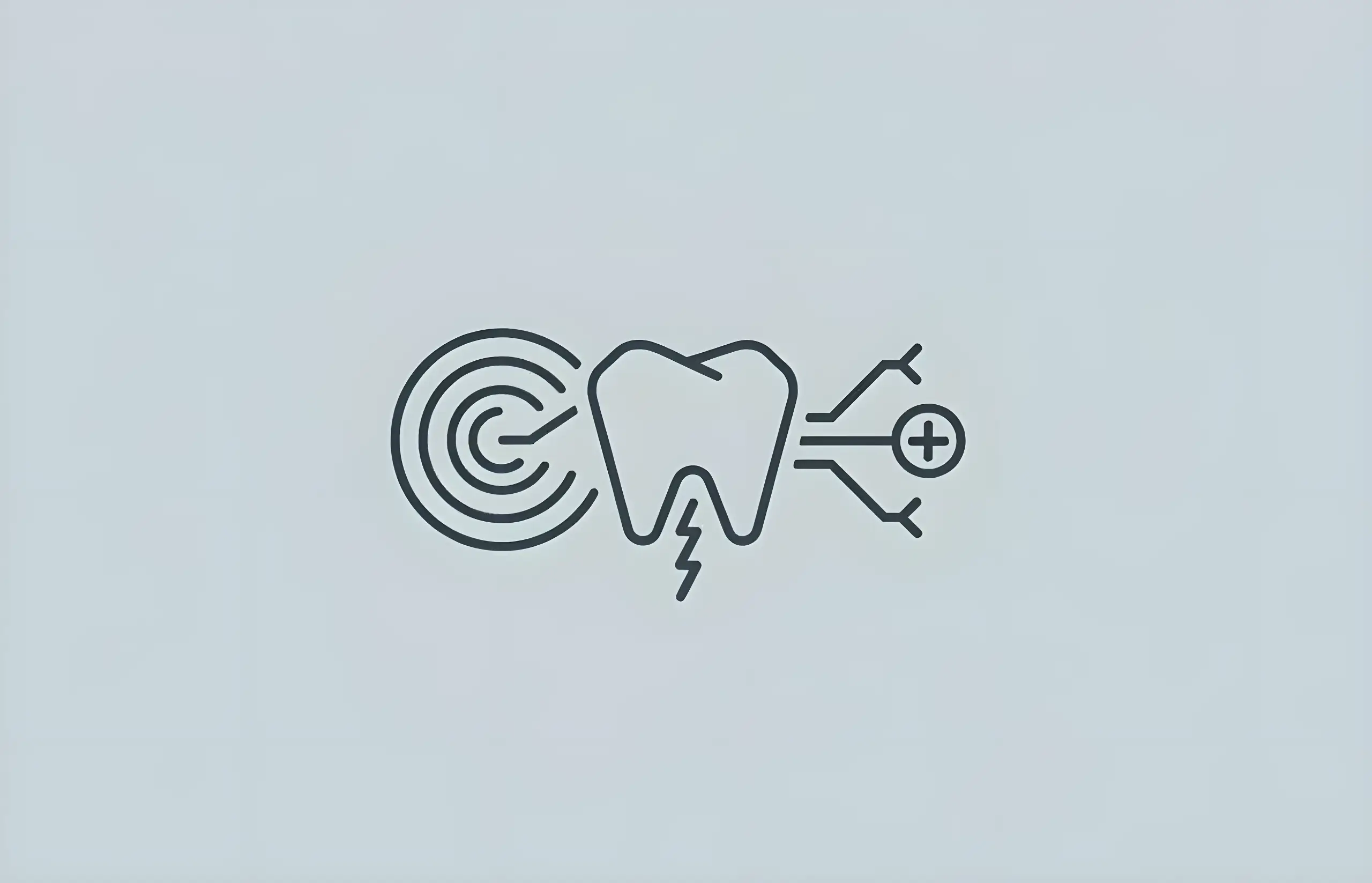Poor oral hygiene, tooth decay or traumatic injuries such as a cracked or chipped tooth can cause tooth infection. A tooth infection not only causes severe pain when eating and drinking but can result in a tooth abscess and cause other complications, which may even require the removal of the tooth.
So, a tooth infection should be treated as soon as it occurs. Treatment usually involves a course of antibiotics, commonly clindamycin.
This article will discuss everything about the antibiotic clindamycin, how effective it is in treating tooth infections, and how long it takes for the antibiotic to work on a tooth infection.
Tooth Infection and Its Symptoms
When a tooth infection occurs, the overgrowth of bacteria causes the formation of a pus pocket in the mouth, which causes sensitivity, swelling and severe pain. Some of the symptoms of a tooth infection include:
- Tenderness and pain around the tooth
- Sensitivity to cold or heat
- Sensitivity to pressure
- Pain in the jaw, neck and face
- Swelling of the mouth, face or jaw
- Swollen, red or bleeding gums
- Difficulty opening the mouth
- Foul taste or bad breath
A tooth infection must be dealt with immediately because if left untreated, the infection can spread to other parts of the mouth, jaw and even your brain. Typically, a dentist will prescribe an antibiotic, usually clindamycin, to treat the infection and prevent it from spreading.
Clindamycin for Tooth Infections
While many antibiotics are used by dentists to treat tooth infections, penicillin or penicillin-based antibiotic such as amoxicillin are the most commonly used.
However, if you're allergic to penicillin or it doesn't work for you, then clindamycin is a common drug of choice. In fact, it has been seen that clindamycin may work better for patients who have not had much success with penicillin.
Clindamycin is a lincosamide antibiotic used to treat different types of infections and is particularly effective for treating tooth infections, particularly those involving many different bacteria strains.
Generally, clindamycin is prescribed in the oral form; however, it may be administered via injection or intravenously if the tooth infection is very severe.
Clindamycin Dosage
Usually, for a tooth infection, a 7-day course of clindamycin is prescribed, where you may need to take a dose of the antibiotic once every 6 hours. However, if the infection is very severe, your dentist may ask you to take the antibiotic for up to 10 days.
For adults, one dose of the medication may contain 150 mg to 300 mg every 6 hours, while for a more severe infection, you may be prescribed 300 mg to 450 mg every 6 hours. The dosage of clindamycin for kids is based on the child's body weight and is typically taken 3 to 4 times a day, depending on the severity of the infection.
You must ensure that you take the medication as per the instructions in the prescription. The antibiotic can be taken before or after meals; however, it may irritate the throat, so it is best to take clindamycin with a glassful of water to prevent this.
How Long Does It Take for Clindamycin to Work on Tooth Infection?
When you start taking clindamycin for a tooth infection, you will most likely start seeing an improvement in your symptoms in 1 to 2 days. Most infections will get resolved within 3 to 7 days. However, after taking the medication for a few days, if you don't see any improvement in your condition or if the symptoms are getting worse, then it is best to consult your dentist or medical practitioner.
An important thing to remember is that if you're taking any antibiotics, including clindamycin, you must ensure that you take the entire course prescribed by the doctor and not stop them midway, even if you're feeling better.
This is because all the bacteria may not be killed, and there is a high risk of recurrence of the infection and antibiotic resistance.
Is Clindamycin Safe?
While in general, clindamycin is safe for use by most people, including pregnant or nursing women, it may cause allergic reactions (which is quite rare) or have certain side effects.
The most common side effects of clindamycin are nausea or vomiting, loss of appetite, or diarrhoea, and in rare cases, it can increase your risk of infection with Clostridium difficile.
If you're prescribed clindamycin for a tooth infection, then make sure to tell your dentist about any allergic reactions you may have to medications before taking the antibiotic. Also, tell them if you have any digestive issues.
Clindamycin can interact with other medication, so if you're taking any medicines for diarrhoea containing atropine and loperamide, erythromycin, or any muscle relaxants containing tubocurarine and pancuronium, inform your dentist about it.
Parting Thoughts
In conclusion, if you're suffering from a tooth infection and need medication to treat it, then clindamycin is a good and effective antibiotic often prescribed by dentists.
The clindamycin course usually lasts for a week with 1-2 capsules every 6 hours. However, make sure that you complete the entire course for effective treatment and eradication of the infection completely.
Sources and References
-
[1]
Rethink clindamycin for dental patient safetyTherapeutics Letterhttps://www.ncbi.nlm.nih.gov/books/NBK608182/
-
[2]
Comparative Efficacies of Amoxicillin, Clindamycin, and Moxifloxacin in Prevention of Bacteremia following Dental ExtractionsAntimicrobial Agents and Chemotherapyhttps://pmc.ncbi.nlm.nih.gov/articles/PMC1563553/
-
[3]
Amoxicillin/Clavulanic Acid for the Treatment of Odontogenic Infections: A Randomised Study Comparing Efficacy and Tolerability versus ClindamycinInternational Journal of Dentistryhttps://pmc.ncbi.nlm.nih.gov/articles/PMC4537712/
-
[4]
Clindamycin in dentistry: more than just effective prophylaxis for endocarditis?Oral Surgery, Oral Medicine, Oral Pathology, Oral Radiology and Endodontologyhttps://pubmed.ncbi.nlm.nih.gov/16243239/
All sources accessed and verified on . Medical information reviewed for accuracy and compliance with current guidelines.
Related Articles

Common Dental Implant Infection Symptoms
Understanding dental implant infections, peri-implantitis symptoms, risk factors including diabetes and smoking, treatment options, and prevention strategies for successful implant outcomes

Wisdom Tooth Infection: Causes, Symptoms & Treatment
Comprehensive guide to wisdom tooth infections including impaction, cavities, and post-extraction complications, with detailed symptoms and evidence-based treatment options
About The Dental Guide
The Dental Guide is a trusted online resource providing evidence-based information about dental health, treatments, and procedures. Our content is created and reviewed by qualified dental professionals to help you make informed decisions about your oral health.
Our Mission
- Evidence-based dental information
- Expert-reviewed content
- Clear, accessible explanations
- Latest treatment options
- Patient-focused guidance
Editorial Standards
- GDC-registered dental professionals
- Peer-reviewed sources
- Regular content updates
- Medical accuracy verification
- Transparent authorship
Important Notice
The information on The Dental Guide is for educational purposes only and should not replace professional dental advice. Always consult with a qualified dentist for diagnosis and treatment recommendations tailored to your individual needs and circumstances.
Medically Reviewed
Reviewed by Dr. Nasim Mechoui , BDS (Bristol)
Share this article
Comments & Discussion
Have questions about dental implants? Share your thoughts or experiences.
